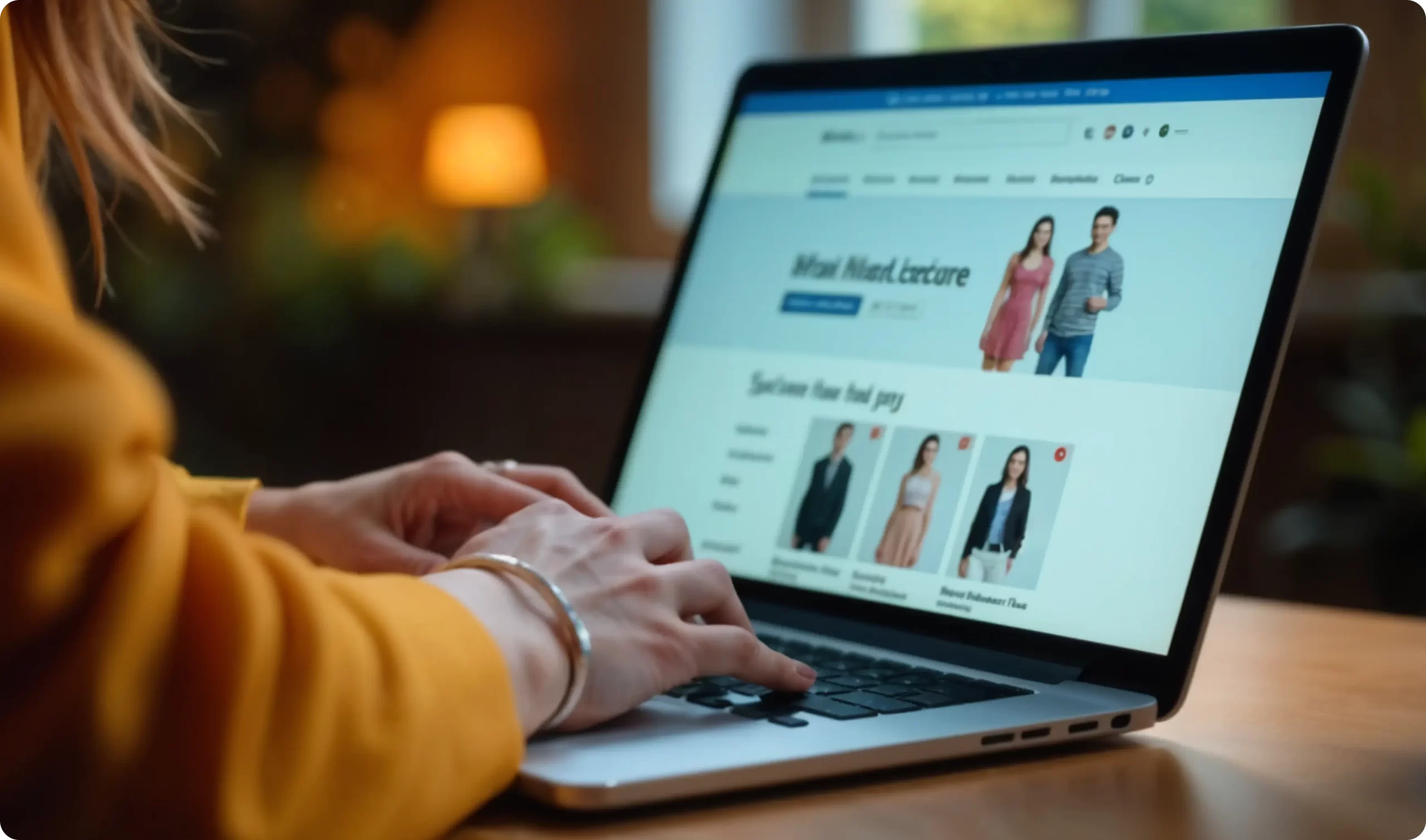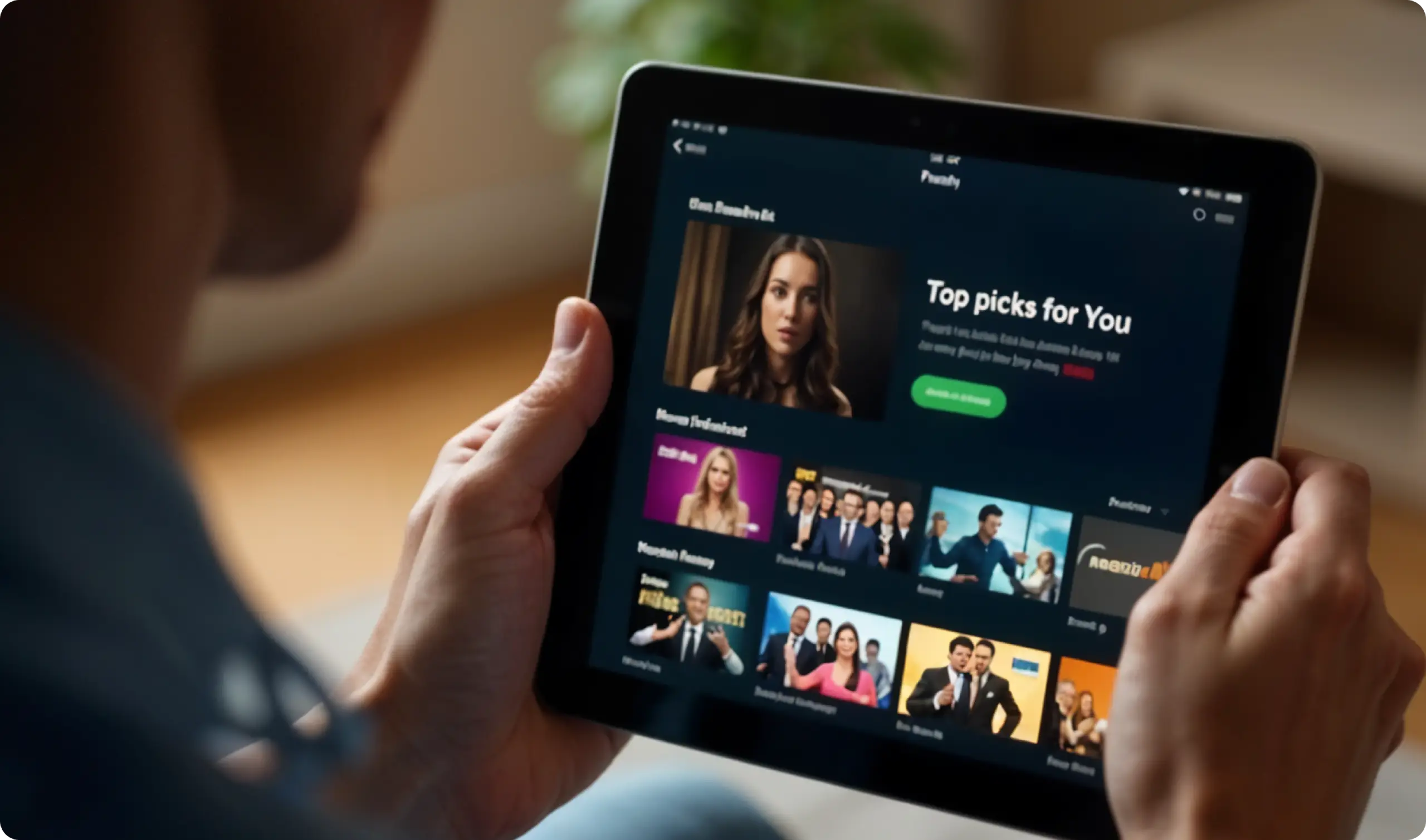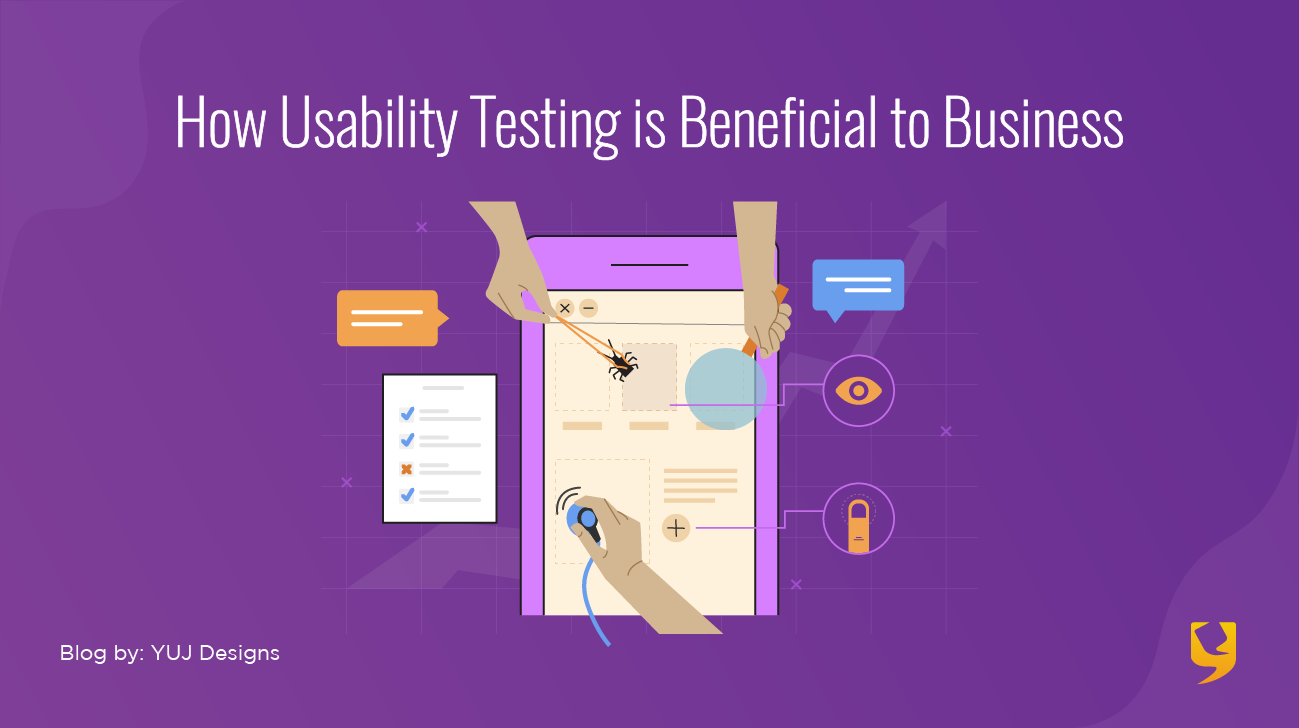
Usability testing is a methodology applied to test prototypes and designs with potential product users. These tests help fix the problems, better align your designs to the customer needs and preferences.
When you know your customers well, you know how to keep them happy.
A successful product is built with useful tools like user experience testing. The method gives you access to multiple layers of information, that informs the designs and can help you craft memorable experiences for customers.
The method of product usability testing plays a major role in understanding why people respond to certain occasions in a specific manner. The primary goal of this method is to improve the usability of the product being developed. This method is quite useful in analyzing the data, diagnosing the real problems, and recommending changes to fix those problems.
Types of Usability Testing
It is important to understand the types of usability testing, and their usage, applications to create maximum impact. The types of usability testing are based on application methods. Such as – some tests are administered in the presence of a moderator, whether in-person or remotely. Also, some tests are unmoderated that are executed without direct supervision.
Once the designs are created according to the visual strategy, one can even validate the visual experience designs with – brand perception test, expectation test, test for scannability and flow, test for comprehension, findability of icons and illustrations, A/B tests, etc.
Over the years we have conducted remote testing of hundreds of users. A typical question we ask is about the shortcut users use to complete a certain complex task. We also ask them to take a picture of their work environment. We follow that up with specific questions about the signals that users use o complete tasks. These techniques help us elicit the information that is normally hidden. To successfully perform remote user testing, one can ask users to complete a task, observe and ask probing questions as a follow-up.
There are two types of usability testing –
1. Diagnostic Testing.
To assess users’ needs and expectations from the product
- A continuous process of learning about the users and their behavior in-depth. To understand how the product can be enhanced to serve better.
- Creating tasks for the users and observing user’s behavior, thought process, eye movement, and exploring areas where they struggle among many others.
- A sample size of a test is an important consideration. Even though there are no clear agreements on the number, in our experience though, 8-12 users per user group are ideal from a practice perspective.
Diagnostic testing reveals what will and will not work for the customers. Helping you realize the WHY, the reasons behind the customer’s preferences.
2. Demonstrative Testing.
To validate the experience from users before market launch
- A similar method can be applied at the end of the project stage with actual designs. This tells us how usable or satisfied the user experience is.
- A larger representative sample is required for this test. This is a far more expensive test compared to the formative test.
Demonstrative testing gives an overview of how usable the designs are in comparison to the competition. This also helps in understanding how the product will perform once out in the market.
Importance of Usability Testing
Early in the Design Phase
Usability testing allows the business to spot inconsistencies in the user expectations and product experiences being offered. If there are any, rectifying those and delivering a more relevant product to the customers, becomes beneficial for the business. The earlier one spots the problems, the easier it is to fix those. Also, the cost of fixing these problems earlier in the design phase is lesser – before the designs are developed, ready to be shipped.
Benefits of Usability Testing
For the businesses
‘De-risk’ the product before it hits the market
Once the testing is performed at various stages, and the designs have been validated – the businesses can launch their products knowing beforehand how well the products will fare in the market.
Proof that the design has added value
The usability testing observations and analysis are clear proof of the value of design. Proof that the design efforts taken during the project have added value to the entire experience of the product.
Know their customers better
For businesses, usability testing enhances the knowledge of their customers helping them better understand their behavior, needs, expectations, and preferences.
Let us take a closer look at how YUJ Designs successfully performed usability testing and delivered benefits to the client –
Usability Testing: A Case study
YUJ Designs worked with a cybersecurity giant on a unified endpoint platform that provides protection from today’s threat landscape. YUJ performed formative testing for the project early on – in the first 2 months of the 4 months-long project.
Type:
Formative Testing
Purpose of the UT:
The fundamental purpose of the usability testing was to – evaluate the usability of the critical workflows from the platform.
YUJ had proposed additional tasks and features such as – scope interactions, group creation among others. The purpose of the usability testing was to gather feedback from the users on these aspects. In a crux, to identify and validate what works and what doesn’t. And if the users’ feedback is aligned with the business goals.
Recruiting Test Participants:
Once the purpose of the usability testing was defined, users were selected basis the pre-defined user personas. These users were selected according to the intention of the testing. Out of the entire sample size, 70% of the users were security admins. For this project, we worked with the same users for user research and usability testing.
Users:
7 – MSSP | 2 – Enterprise
Time:
90 minutes
Prototype:
The prototypes we used for the usability testing were aligned with selected personas. These were black and white prototypes where the screens were not treated visually, to avoid subjective factors that may affect the user’s judgement. These are mostly static screens with few elements that are clickable/ interactive.
Usability Testing Protocol:
Before we begin, as a protocol – we ensure to emphasize that the users are not being tested – the design is being tested. During the usability testing, we request the users to think aloud so we know their thinking process.
During the usability testing, we showed the new screens to the users, we asked them to carry out short activities. Both positive and negative comments can help in the next steps.
Objectives:
- Test the new IA/ navigation for – discoverability
- Validate the additional proposed task models
- Validate if the new proposed workflows increase discoverability and enhance the users’ efficiency
- Validate if the information provided on the unified screens satisfy the client’s needs
- Overall feedback or concerns, if any
Critical Tasks:
In order to fulfil the goals of the testing, YUJ identified specific tasks as critical to the users and the respective function of the platform. These tasks were meticulously selected and deployed for usability testing.
1. IA
2. App onboarding
3. Dashboard
4. Onboarding a new tenant
5. Policy Management
6. Create a group
7. Client UI
We asked the users standard questions about what they observed and understood from the designs. We validated whether the user had –
- Complete visibility of what’s happening on the system
- Complete control and freedom/ flexibility
- Experienced increase in efficiency of use due to the information made available
- Validate if the information provided on the unified screens satisfy the client’s needs
- Passed the new designs as simple and straightforward
The users were also asked to answer some more questions by scoring on a scale of 1 – 7. These satisfaction parameters included – 1 as ‘Strongly Disagree’ and 7 as ‘Strongly Agree’.
The Satisfaction Results:
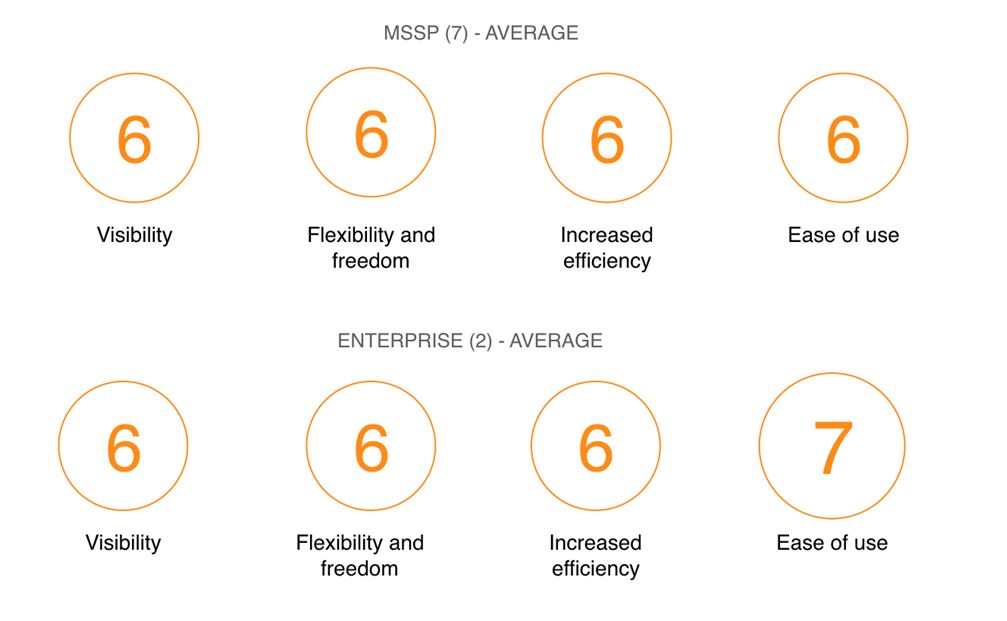
Key positive sentiments:

The overall User Satisfaction Metrics were –
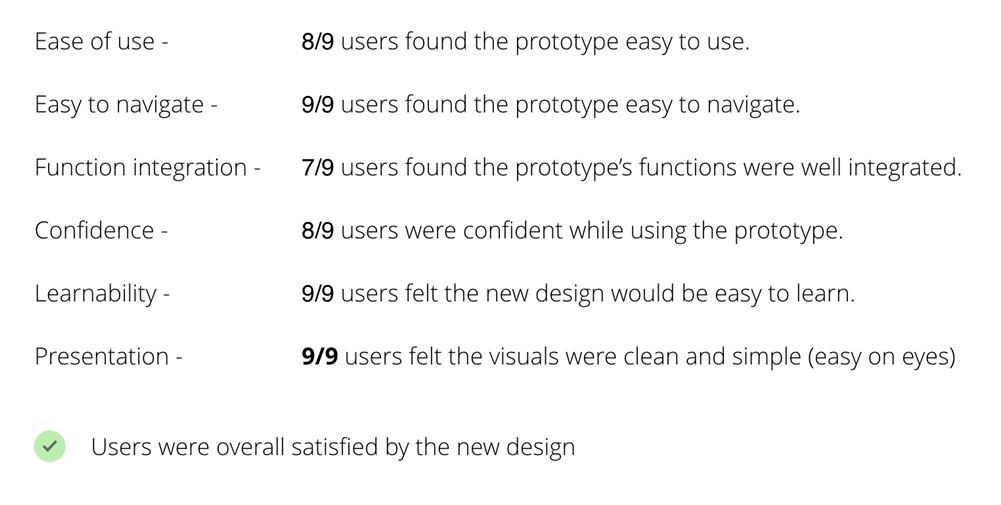
The Way Forward
- Highlight the Scope feature and its functionality
- Incorporate the overall summary of tenant health
- Additional widgets + Managing widgets functionality under Customization of the dashboard
- In Policy Management provide double-check / alert messages while updating settings
Basis these insights we moved ahead with our detailed design phase. The benefits one gains from performing usability testing early on in the project are –
- Validation from real users. Gain proof that the design is adding value to the users’ life.
- Quick gratifications. A nod from the users on the design that were proposed in addition to the UX of the platform.
- Identify problem areas within the product which may not have been obvious otherwise. These problems when identified early on save a lot of cost and time for the business.
- Carrying out these usability testings remotely further reduces the cost for companies.
Performing early on usability testing in the project can help Businesses enter markets with more confidence. The methodology is a true marker of putting users at the center of building solutions.
Amplify your brand presence with the best UX design studio that truly aligns your needs with those of your consumers! Get in touch with us at YUJ Designs, today!

